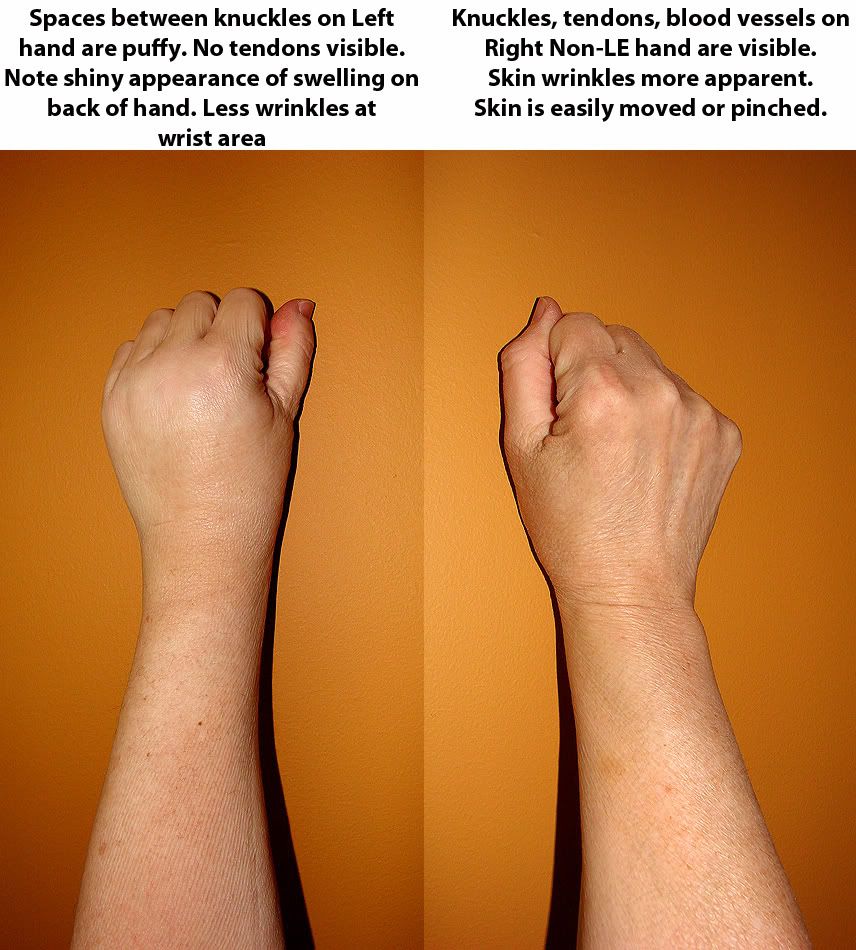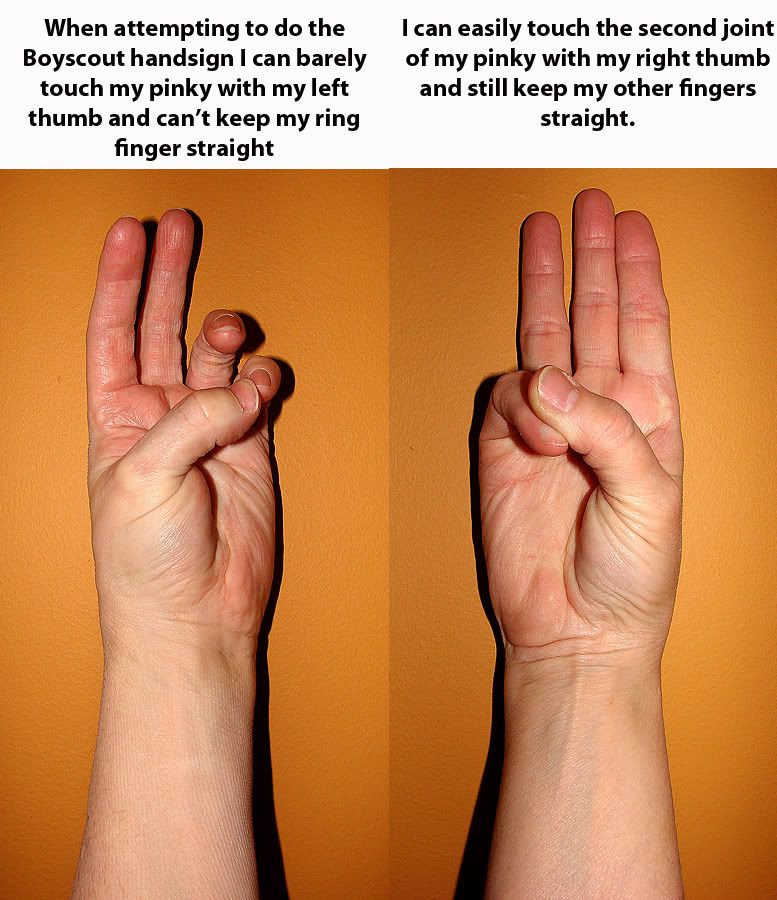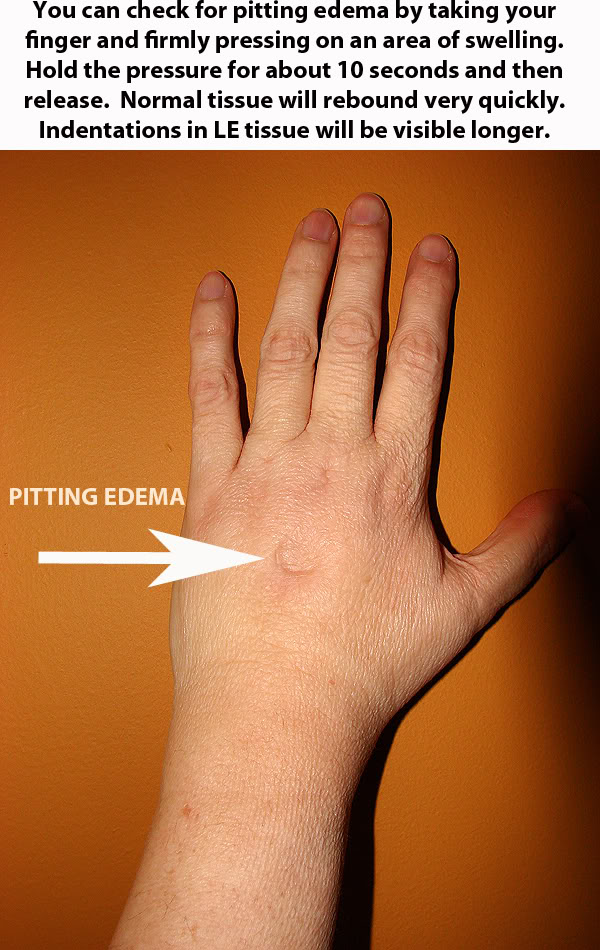What can I do?
Lymphoedema is the build-up of fluid in soft body tissues when the lymph system is damaged or blocked.
Lymphoedema occurs when the lymph system is damaged or blocked. Fluid builds up in soft body tissues and causes swelling. Lymphoedema usually affects an arm or leg, but it can also affect other parts of the body. Lymphoedema can cause long-term physical, psychological, and social problems for patients.
The lymph system is a network of lymph vessels, tissues, and organs that carry
lymph throughout the body.
The parts of the lymph system that play a direct part in lymphoedema include the following
lymph throughout the body.
The parts of the lymph system that play a direct part in lymphoedema include the following
v Lymph:A clear fluid that contains lymphocytes (white blood cells) that fight infection and the growth of tumors. Lymph also contains plasma, the watery part
of the blood that carries the blood cells.
of the blood that carries the blood cells.
v Lymph vessels: A network of thin tubes that helps lymph flow through the body and returns it to the bloodstream.
v Lymph nodes: Small, bean-shaped structures that filter lymph and store white blood cells that help fight infection and disease. Lymph nodes are located along the network of lymph vessels found throughout the body. Clusters of lymph
nodes are found in the underarm, pelvis, neck, abdomen, and groin.
nodes are found in the underarm, pelvis, neck, abdomen, and groin.
The recommended treatment for lymphoedema is a treatment plan called complex decongestive therapy (CDT). It is also known as decongestive lymphatic therapy
(DLT).
(DLT).
CDT is not a cure for lymphoedema, but it can help control the symptoms of swelling and
pain. Although CDT takes time and effort, it can be used to effectively control your
lymphoedema.
pain. Although CDT takes time and effort, it can be used to effectively control your
lymphoedema.
Complex decongestive therapy (CDT)
There are four components to CDT treatment:
There are four components to CDT treatment:
· Manual lymphatic drainage (MLD) is a specialised massage technique designed to stimulate the flow of fluid and reduce swelling.
· Multilayer lymphoedema bandaging (MLLB) uses bandages and compression garments to move fluid out of the affected limb.
· Remedial exercises designed to activate muscles in the limb to improve lymph drainage.
· Skin care is required to prevent infection.
Each of these treatments is described in more detail below.
CDT begins with an intensive phase of therapy, during which you may receive daily
treatment for up to six weeks. This is followed by the second phase, known as the maintenance phase. During the maintenance phase, you will be encouraged to take over
your own care using simple lymph drainage techniques (MLD administered by either
yourself or a carer) and exercise while wearing compression garments.
treatment for up to six weeks. This is followed by the second phase, known as the maintenance phase. During the maintenance phase, you will be encouraged to take over
your own care using simple lymph drainage techniques (MLD administered by either
yourself or a carer) and exercise while wearing compression garments.
You will then have regular six-monthly review meetings to check how your treatment is progressing.
1. Manual lymphatic drainage (MLD)
During manual lymphatic drainage (MLD), your lymphoedema therapist will use special massage techniques to move fluid from the swollen areas into working lymph nodes where it can be drained.
It is important you receive MLD from a trained lymphoedema therapist and not a regular masseur. This is because the technique requires a detailed knowledge of the lymphatic system to be performed correctly.
It is important you receive MLD from a trained lymphoedema therapist and not a regular masseur. This is because the technique requires a detailed knowledge of the lymphatic system to be performed correctly.
Your lymphoedema therapist will also teach you a range of massage techniques you can use during the maintenance phase.
MLD may not be suitable if you have certain health conditions. For example:
· current or suspected deep vein thrombosis (DVT)
· a blood clot in one of the deep veins in the body
· swelling in your legs due to heart failure
· cancer in the affected area
2. Multilayer lymphoedema bandaging (MLLB)
Unlike the blood circulation system, there is no central pump, such as the heart, to move fluid around the lymphatic system. Instead, the lymphatic system uses the massaging effect of the muscles surrounding the lymph vessels and nodes to move the fluid.
The aim of multilayer lymphoedema bandaging (MLLB) is to support the muscles during
exercise and encourage them to move fluid out of the affected limb. MLLB is often used after a session of MLD to prevent fluid accumulating in the limb again.
exercise and encourage them to move fluid out of the affected limb. MLLB is often used after a session of MLD to prevent fluid accumulating in the limb again.
You will be taught how to correctly apply your own bandages and compression garments so you can continue to use MLLB during the maintenance period.
3. Remedial exercises
Remedial exercises are designed to strengthen muscles involved in lymph drainage. You will be given an exercise plan tailored to your requirements and ability.
4. Skin care
Taking good care of your skin is important because it will reduce your risk of developing an infection, such as cellulitis. You should be given a daily routine to follow, where you are required to meticulously clean your skin and check for any cuts, abrasions or signs of infection.







